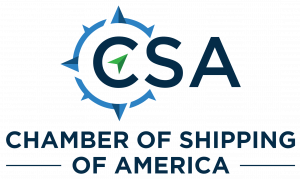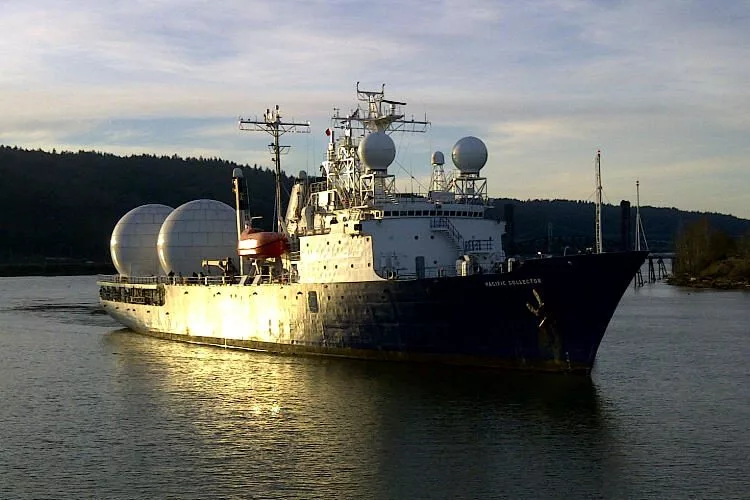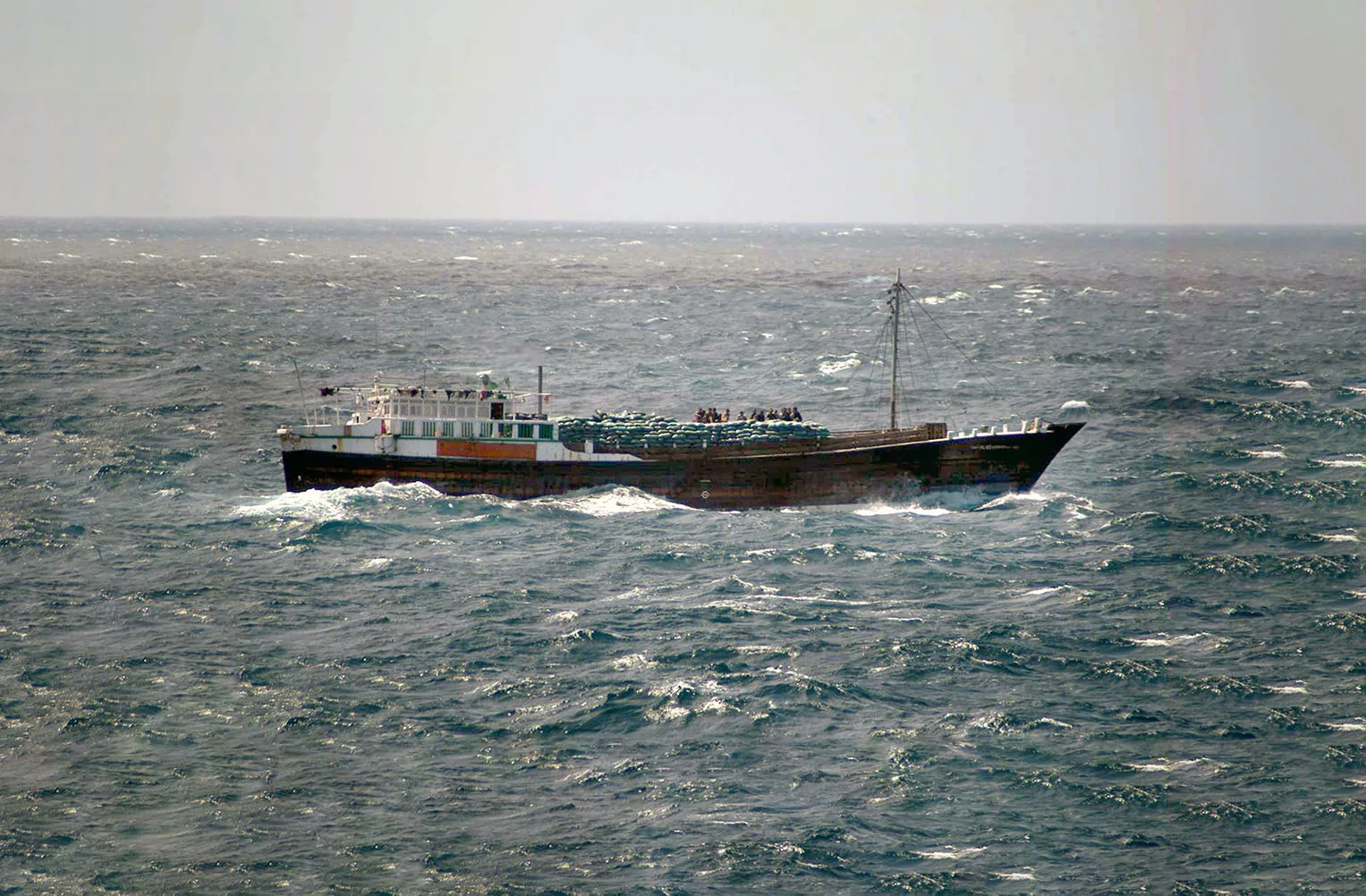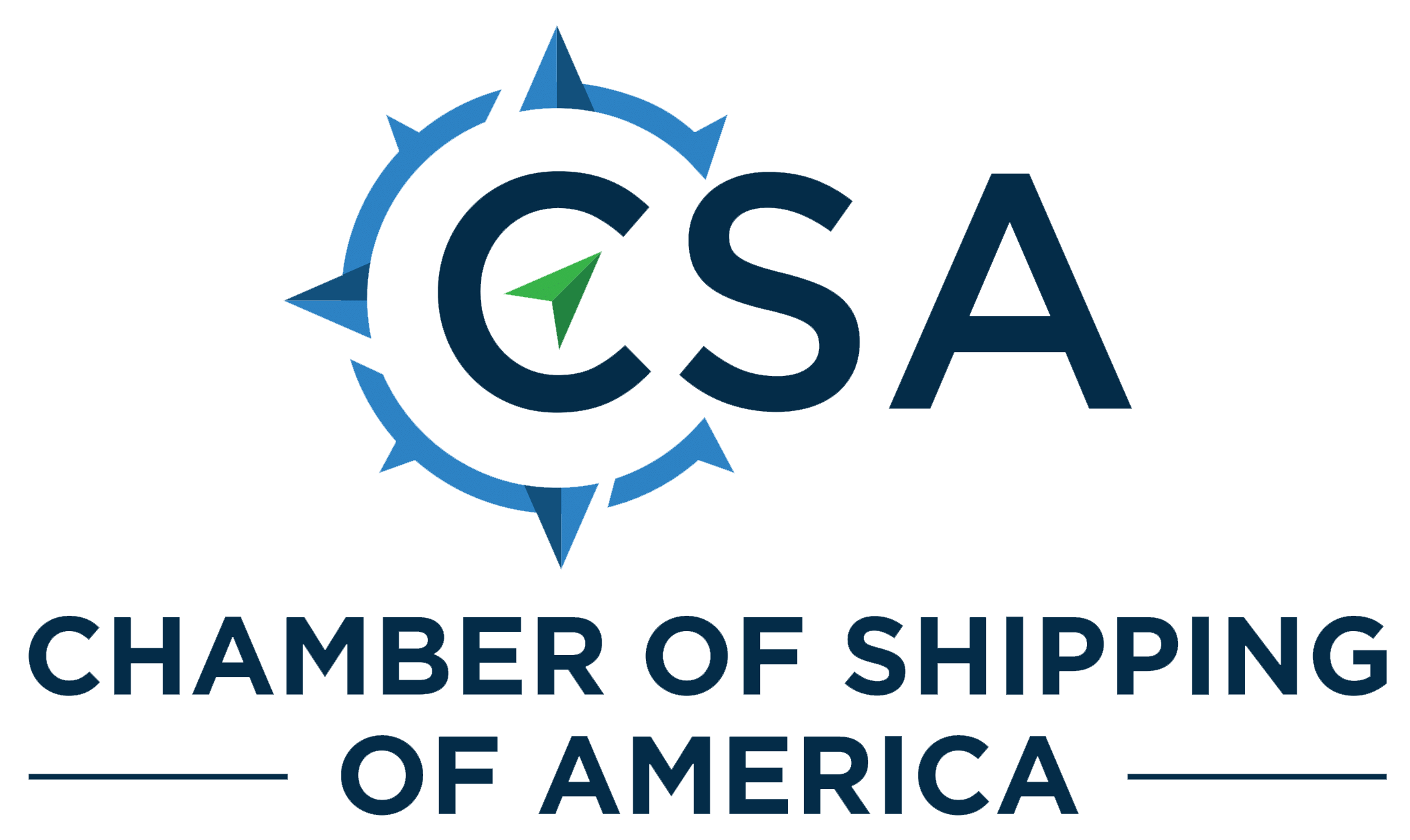Cyber Security Resources
Digitalization of the maritime industry has dramatically changed the efficiency of operations aboard vessels and at terminals and ports. Increased connectivity has given the industry access to vast amounts of data that continue to enhance vessel operation and safety. However, digitalization has also opened the risk for increased security concerns.

Below are industry resources and information related to cyber security for vessels, terminals, ports and vendors:
- The Guidelines on Cyber Security Onboard Ships
- USCG Cyber Command
- USCG Cyber Strategy
- National Institute of Standards and Technology Cybersecurity
- CISA’s Cross Sector Performance Goals
- Department of Defense (DoD) Zero Trust Reference Architecture
- IMO Guidelines on maritime cyber risk management
- IMO Resolution Maritime Cyber Risk Management in Safety Management Systems
- Maritime Exchange for Digital Security (MEDS) is a free grass roots for maritime-by-maritime digital information sharing group. CSA co-founded/facilitates the group and MEDS currently shares information securely through a member only access platform and meets virtually once a month to discuss current cyber threats, threat mitigation and remediation. Contact Sean Kline at SKline@csashipping.org for more information.
Human Element Resources
In mid-summer, CSA and a number of companies representing a broad spectrum of the maritime community attended a Maritime Safety Conference hosted by Shell Trading US Company. Among the various issues discussed, an item titled “Cultural Sensitivity” received specific support from a number of participants, including CSA, and the group targeted the item as worthy of further review.

Following discussions during a few conference calls, participants provided/identified information sources and web sites for consideration by persons interested in cultural sensitivity and the impact on safety in the maritime industry. The list will naturally grow over time and viewers of this posting are encouraged to add to the list by sending information to CSA. The items considered valuable to the participants are included below:
- IMO’s Human Element
- International Convention on Standards of Training, Certification and Watchkeeping for Seafarers (STCW)
- USCG: IMO Subcommittee on Human Element, Training & Watchkeeping (HTW)
- ILO Maritime Labour Convention, 2006
- Every Mariner Builds A Respectful Culture (EMBARC) U.S. Department of Transportation (U.S. DOT) Maritime Administration (MARAD) U.S. Merchant Marine Academy (USMMA) Policies & Procedures
- International Chamber of Shipping Maritime Diversity and Inclusion Center
- WISTA Diversity Handbook
Marine Environment Resources
Respecting and protecting the marine environment ensures a sustainable future for the shipping industry. A myriad of environmental regulations over the last 30 years have strengthened the industry’s commitment to protecting fragile ecosystems.

Regulations and marine environmental information related to compliance and best practices can be found below:

Maritime Industry Associations
As an economic engine for the global economy, the maritime industry is well represented by a number of trade associations, each with special focus on a sector or segment of the industry. Chamber of Shipping of America is proud to partner, collaborate, and count on maritime industry associations, such as those listed below, to support a strong future for the maritime industry.

Maritime Safety Resources
Safe vessel operation is the number one priority of any responsible owner and operator. Safe operation includes not only the protection and safeguarding of cargo, but also of the seafarers and officers aboard a vessel. Compliance with applicable international and national marine safety regulations and guidelines helps to protect not only the seafarers, but also the marine environment and the shore side team.
Below are a list of resources available through regulatory and enforcement agencies to help support a safe work environment:
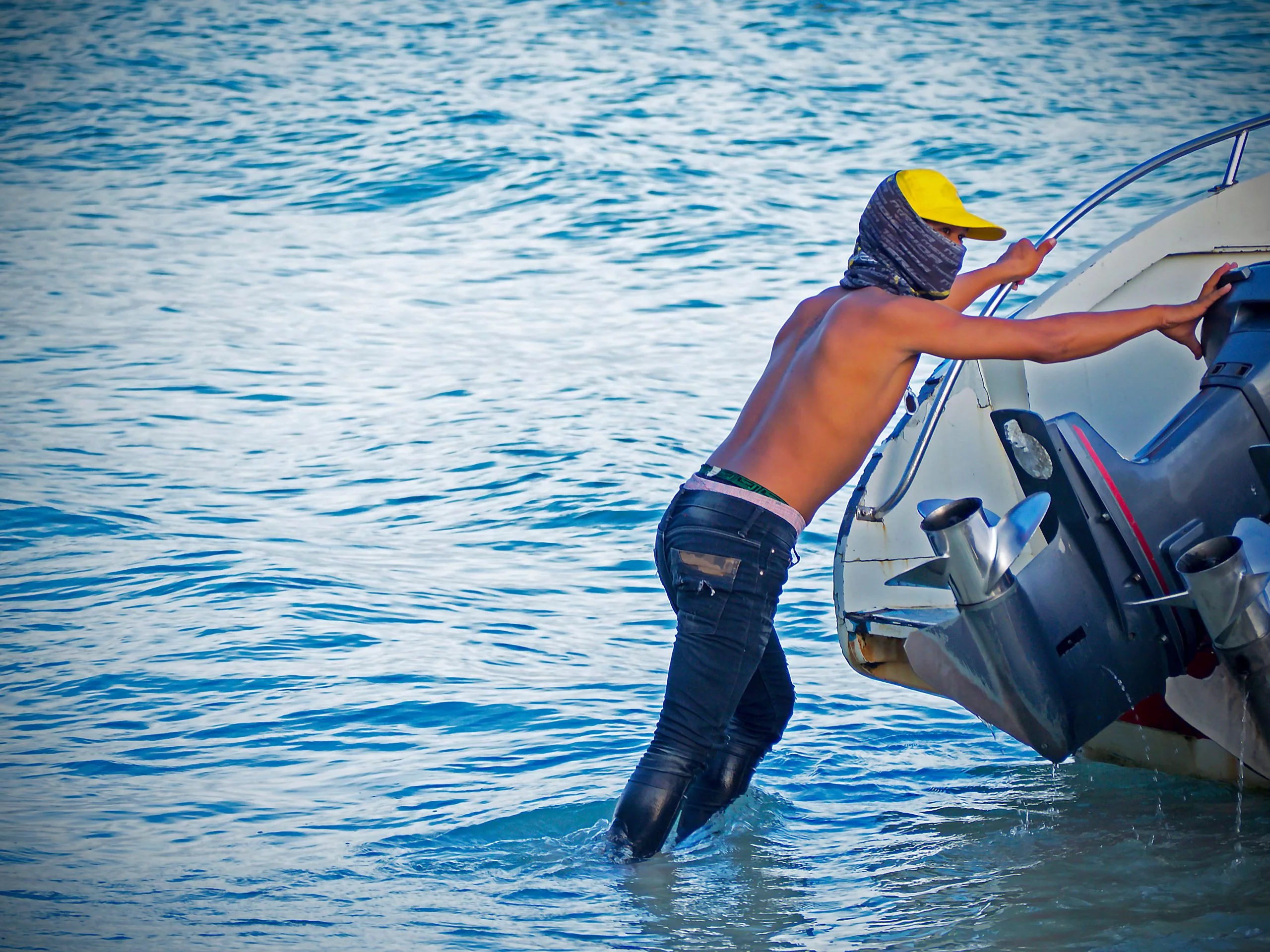
Maritime Security Resources
For centuries, acts of piracy have impacted the commercial maritime industry. While efforts to combat these illegal acts may change with time and methods, it is certain that anti-piracy actions are only successful through coordination of military and commercial resources and efforts. While responsive action once under attack is an important component of any anti-piracy effort, prevention or hardening of potential targets is equally if not more important to increase the likelihood that the attack does not occur at all.
The Chamber of Shipping of America would like to ensure that the industry (members and non-members) as a whole have access to timely information to enable vessels and their owners to take the necessary action to mitigate threats from piracy. Relevant documents and links are provided below to assure the widest distribution of critical information to the global maritime industry:
- U.S. Maritime Alerts
- Worldwide Threat to Shipping reports on the ONI Intelligence Portal
- IMO Maritime Security and Piracy
- Best Management Practices to Deter Piracy and Enhance Maritime Security in the Red Sea, Gulf of Aden, Indian Ocean and Arabian Sea (BMP 5)
- Gulf of Guinea Declaration on Suppression of Piracy
